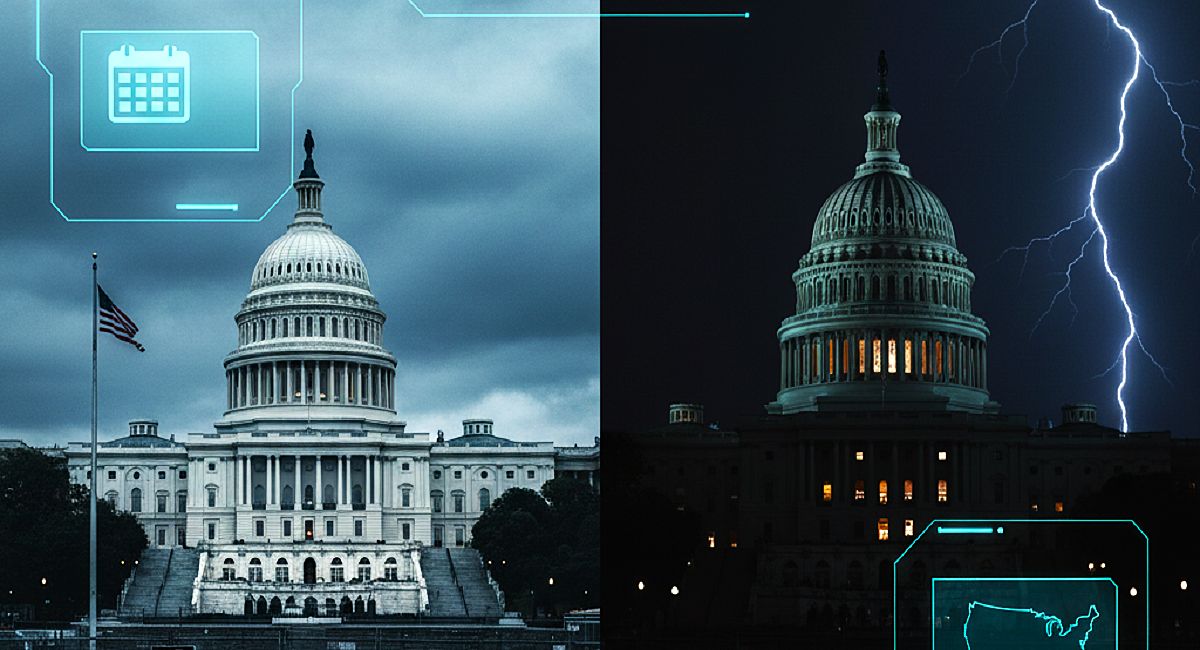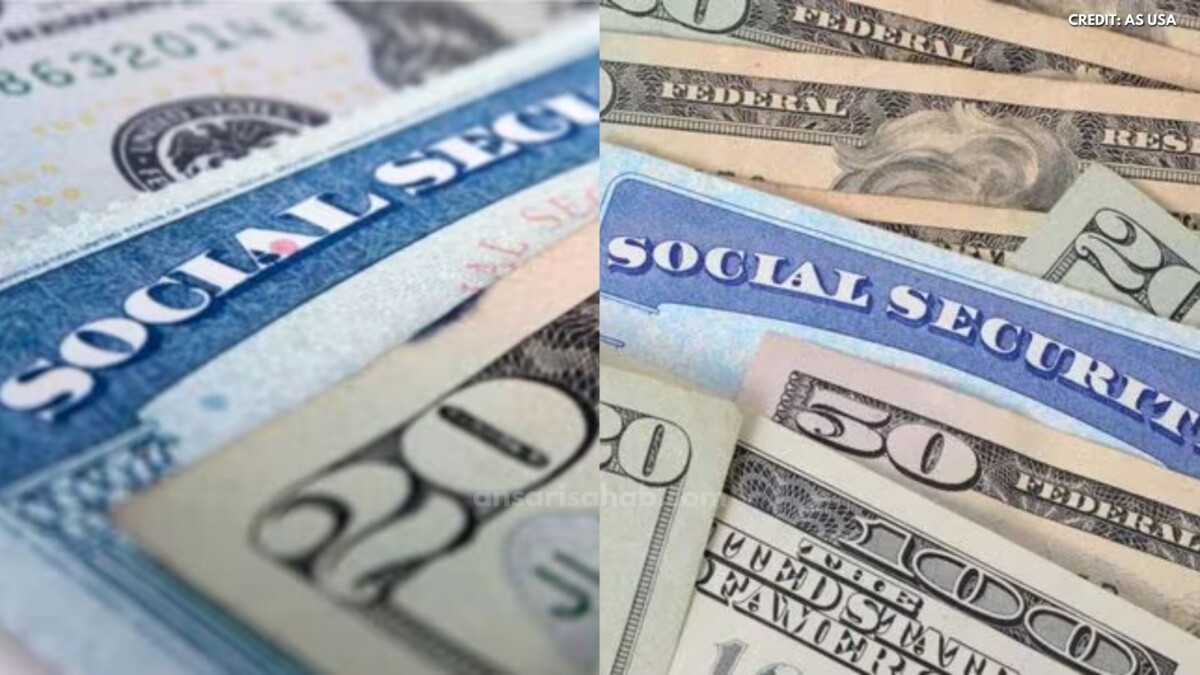At 12:01 AM Eastern Time on October 1, 2025, the United States government officially entered a shutdown after Congress failed to pass a funding bill to keep federal operations running. This marks the first federal shutdown in nearly seven years, disrupting services and affecting hundreds of thousands of federal employees.
Background and Causes
The shutdown resulted from a partisan deadlock between Republicans and Democrats over federal spending priorities. Republicans, who control both chambers of Congress, proposed a funding bill that Democrats rejected unless it included provisions to extend Affordable Care Act (ACA) subsidies and reverse cuts to Medicaid and public media funding. Democrats argued that these healthcare measures were essential to protect millions of Americans from rising healthcare costs and loss of coverage. The total cost of these provisions was estimated at $1 trillion. However, Republicans viewed these demands as unrelated to government funding and refused to include them in the bill. The impasse led to the failure of the proposed funding legislation in the Senate, resulting in the shutdown.
Voting and Deadlines
The critical vote occurred late on September 30, 2025, when the Senate voted 55-45 to block the House-passed Republican funding bill. With no agreement reached by the midnight deadline, the government shut down as scheduled. This marks the third shutdown during President Donald Trump’s administration and the first since the 2018–2019 shutdown.
Who Is Affected
Approximately 750,000 federal workers are expected to be furloughed, with another 700,000 working without pay during the shutdown. Essential services such as Medicare, Medicaid, and the Transportation Security Administration (TSA) continue to operate, but many agencies, including the Centers for Disease Control and Prevention (CDC) and the National Institutes of Health (NIH), face partial or full suspensions of operations.
Federal contractors, including hourly workers such as janitors and security guards, are not required to work and are also not guaranteed back pay. Lawmakers on Capitol Hill continue to receive their $174,000 annual salaries. The Food and Drug Administration (FDA) cannot ensure that the meat, milk, and eggs of livestock are safe for people to eat.
Economic and Social Impact
The Congressional Budget Office estimates that the shutdown could cost about $400 million in lost compensation daily, with significant economic repercussions if the closure persists. Airline groups warn that a shutdown would harm aviation efficiency, slow flights, and inconvenience travelers. The U.S. Travel Association estimates a shutdown could cost the travel industry $1 billion per week.
Historical Context
This shutdown is the twenty-first in modern U.S. history and the third under President Trump. The most recent shutdown occurred in 2018–2019 and lasted 35 days, making it the longest in U.S. history. Previous shutdowns have disrupted federal services, delayed payments to federal employees, and caused economic uncertainty. The current shutdown raises concerns about the potential for similar impacts, especially if it extends beyond a short duration.
FAQs
A government shutdown occurs when Congress fails to pass appropriations legislation to fund federal agencies and programs, leading to a suspension of non-essential services and furloughs of federal employees.
Essential federal employees, such as those working in national security, public safety, and health services, continue to work during a shutdown, often without immediate pay.
A government shutdown ends when Congress passes a funding bill that the president signs into law, restoring funding to federal agencies and resuming normal operations.
For more information on the ongoing shutdown and its impact, visit the White House Government Shutdown Clock









